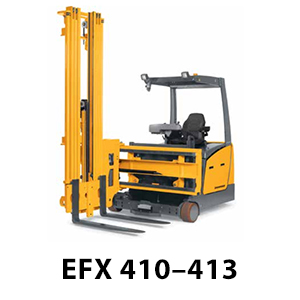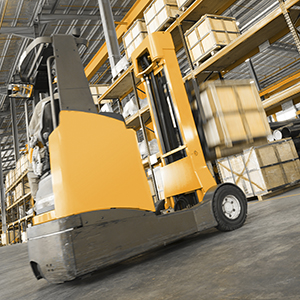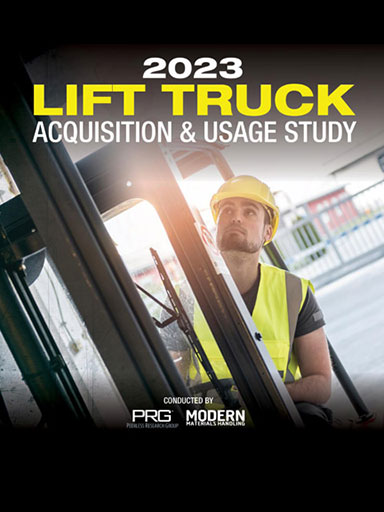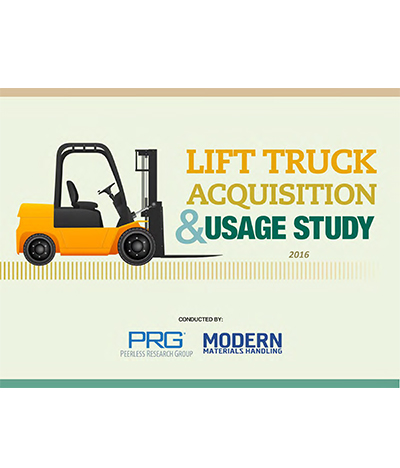New Lift Truck Software/Technology takes Fleet Management to the Next Level

As the industry successfully harnesses the wealth of available fleet data, opportunities for improvement extend throughout the business.
In the last few years, the concept of fleet management has spread throughout lift truck fleets of all sizes. At their most basic, fleet management practices work to help fleet owners spend as little as possible on equipment, maintenance and operators while ensuring any investments made are worthwhile.
For some, a bit more discipline around tying planned maintenance intervals to hour meter readings is a good place to start. For others, real-time management of each penny is supported by a suite of integrated hardware and software technologies, most of which only emerged in the last decade.
In all cases, the closer inspection of fleet costs and processes is painting an increasingly comprehensive picture of the impact a well-managed fleet can have on not just pallet moves per hour, but the efficiency of the entire business.
Lift truck suppliers agree that fleet management practices are poised for yet another significant shift, from something that promotes efficiency in the once-ignored lift truck fleet into a key part of an “operational management system.” This move gives the fleet an equal footing with other production, labor and inventory management disciplines in terms of visibility, productivity and interconnectedness. The lift truck no longer plays a supportive role by simply helping move materials from one value-added station to another, but it is an integral part of ensuring value throughout an operation.
Learning from the lift truck
Basic or even standard lift truck technologies can help transform the lift truck into a powerful communication hub. It can report the status and location of equipment and personnel to managers in real time. It can automatically notify maintenance personnel of any fault code or failed inspection, which can help achieve a near-100% first-time repair rate. Most importantly, a connected lift truck can facilitate responsiveness as business conditions change.
Ideally, fleet management is not handled as a separate discipline, but is instead closely tied to available data from all systems. Because warehouse management systems (WMS) and inventory management software are becoming less costly, even a small company can plug and play, and begin to collect good information about their fleet. Perry Ardito, general manager of Jungheinrich’s warehouse products group for Mitsubishi Caterpillar Forklift America, says data from a WMS or fleet management software can help fleet managers make better decisions than before.
“They can become more intimate with the happenings inside a facility, including where product is stored, when it is moved, and the performance of the lift truck and its operator,” Ardito says. “Technology in the lift truck allows for communication between the equipment, maintenance personnel, the equipment manufacturer and the customer so they can make the right decisions to get better and cheaper performance. In fact, we’re very close to having the lift truck communicate to us in advance of a problem.”
Labor, management and systems
With the growing popularity of outsourced service arrangements, businesses of all sizes have shifted focus from maintenance to the operator, who accounts for nearly 70% of a lift truck’s cost over its life. Reducing and optimizing the fleet size is a good way to target these costs, but managers can find value from information about the use of the equipment and the operator.
Ardito estimates that perhaps 20% of customers are using access control systems that allow tracking of unique operators. “Of the remaining 80%, maybe 50% have a procedure and protocol in place, and the other 30% keep their fingers crossed and hope operators make good decisions,” Ardito says. “For a lot of customers, they need a paradigm shift from what they were doing previously, whether for people, processes or equipment. Each piece of equipment and each operator has to be committed to task at hand to do more with less.”
Related: The EFX 410/413 Series Features Optional Warehouse Navigation System

Jungheinrich®, provider of lift trucks and narrow-aisle products in the United States, Canada and Mexico, today introduced the next generation of Jungheinrich EFX 410/413 man-down turret trucks
Article Topics
Jungheinrich News & Resources
Mitsubishi Logisnext partners with Jungheinrich to introduce Rocrich AGV Solutions Digitally assisted forklifts brew up safer production facilities Mitsubishi Logisnext Americas names 2024’s Dealers Of Excellence Jungheinrich provides ASRS solution for Güde Safety for automatic guided vehicle (AGV) environments Jungheinrich officially opens its new plant in the Czech Republic Rocrich AGV Solutions joint venture now in operation More JungheinrichLatest in Warehouse|DC
European Parliament Passes Law on Supply Chain Accountability Transforming Warehousing with AI: Five Key Reasons to Adopt Now Talking Supply Chain: Understanding the FTC’s ban on noncompetes North Carolina Welcomes Amazon’s Newest Mega-Warehouse SAP Unveils New AI-Driven Supply Chain Innovations U.S. Manufacturing is Growing but Employment Not Keeping Pace Maximize Warehouse Space with Mezzanine Automation: Expert Tips More Warehouse|DC













